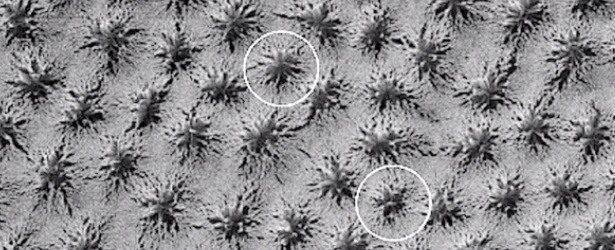Steve Smith: Mars – The Great Desert in 3D – EU2014

Martian areography tells a story of incredibly violent events. It appears from the many images sent to Earth that it once experienced powerful plasma discharges on a massive scale. Burned and blasted craters, piles of scorched dust covering almost an entire hemisphere, and great trenches that wend across its scarred face lead to the conclusion that lightning thousands or millions of times more energetic than known today devastated Mars.
Steve Smith discussed some of the more unusual features on Mars, presumably caused by those cataclysmic upheavals. Red/blue anaglyph images will provide a unique perspective.
Get your 3D glasses out for this presentation. You will be glad you did.

Stephen Smith is the managing editor and principal writer for the Thunderbolts Picture of the Day (TPOD) feature. His archive contains close to 900 articles about nearly every topic addressed by the Electric Universe movement. Based on a 40-year interest in the electrical nature of the cosmos, his work reflects the pioneering discoveries by many people: David Talbott, Wallace Thornhill, Donald Scott, Ralph Juergens, and others too numerous to mention.
Video courtesy of Thunderbolts Project

You briefly mention silicon dioxide and I would urge you to consider what makes the the silicon a dioxide? As I understand it, but please correct me. it is 2 atoms of oxygen attached to a silicon atom SiO2, I would hazard to guess and it exists in massive volumes on Mars. How does oxygen oxidize that volume of silicon without deep oceans acting down on the bed rock surface below in a fashion of water being forced through the mantle and instead of splitting into hydrogen and oxygen because of the heat and pressure and potentially exploding, the pressure is to great, thus other elements get oxidized which is the formation of silicon dioxide and other crystalline formation such as zircon. Mars had deep oceans and they went somewhere quite quickly by my reckoning of what I have observed of the clear destruction of Mars by vast quantities of water moving at great speed – somewhere. Know of any vast quantities of water turning up anywhere randomly? If you ask a plumber to find the leak, he'd probably look for the wet patch and work back from there. Great video though even if I'm not down with the theory.